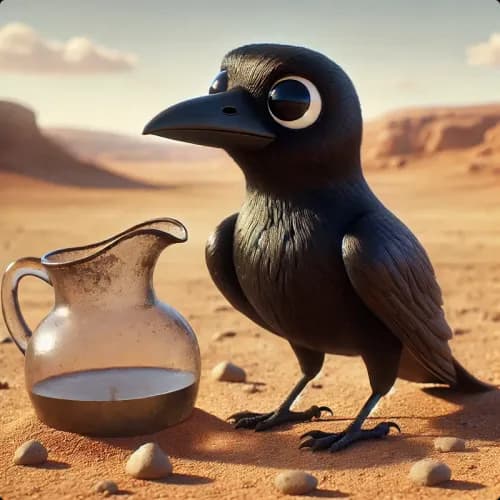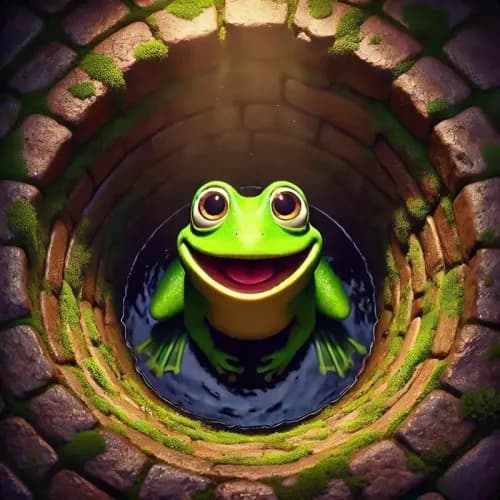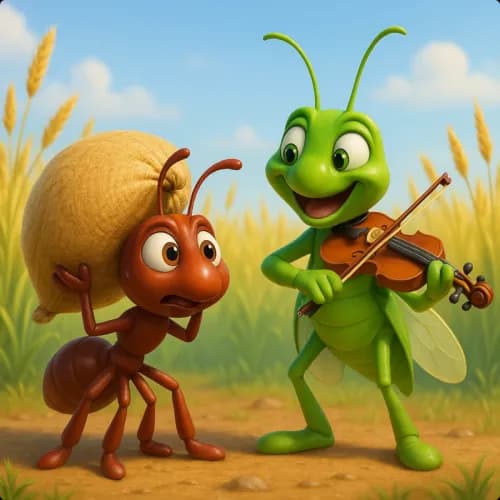Vishnu Sharma | India
Le Singe et le Crocodile
Un singe malin déjoue un crocodile qui tente de trahir leur amitié pour satisfaire sa femme, et ils se séparent.

Il était une fois un singe astucieux qui vivait dans un arbre près d'une rivière. Un jour, un crocodile nagea jusqu'à l'arbre et demanda au singe des fruits. Le singe, généreux, donna quelques fruits au crocodile.
Le crocodile apprécia beaucoup les fruits et revint le lendemain pour en demander d'autres. Le singe accepta, et bientôt, le crocodile vint chaque jour chercher des fruits. Ils devinrent de bons amis, et le singe faisait confiance au crocodile.
Un jour, la femme du crocodile goûta les fruits et les trouva délicieux. Elle en voulut encore plus et en parla à son mari. Devenue gourmande, elle souhaitait aussi manger le cœur du singe. Le crocodile ne voulait pas faire de mal à son ami, mais sa femme menaça de le quitter s'il ne ramenait pas le cœur du singe.
Le crocodile élabora un plan. Il dit au singe que sa femme l'invitait à dîner et lui demanda s'il voulait venir. Le singe, faisant confiance au crocodile, accepta. Il monta sur le dos du crocodile et ils commencèrent à traverser la rivière.
Arrivés au milieu de la rivière, le crocodile révéla son plan au singe. Le singe eut peur mais resta très malin. Il dit au crocodile qu'il avait laissé son cœur dans l'arbre et qu'ils devaient retourner le chercher. Le crocodile le crut et nagea de retour vers la rive.
Dès qu'ils atteignirent la berge, le singe sauta du dos du crocodile et grimpa dans son arbre. Le crocodile comprit qu'il avait été dupé. Le singe lui dit alors qu'un vrai ami ne ferait jamais de mal à un autre pour des raisons égoïstes.
















